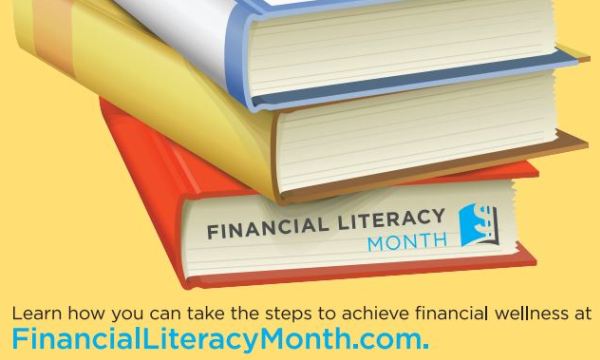This article is developed from the High School Financial Planning Program (HSFPP) Blog, dated 4/12/17, written by Kimberly Roy, titled “3 Student-Led Activities for Financial Literacy Month“.
A Brief History of National Financial Literacy Month
Did you know that Financial Literacy Month started as an HSFPP activity? In January 1994 NEFE and the Extension Service of the U.S. Department of Agriculture co-sponsored a national honorary observance to focus attention on youth financial literacy.
The goal of the first Financial Literacy for Youth Month was “to encourage schools to implement educational programs that give teens the financial tools they need to live responsible and rewarding lives” according to the November 1993 NEFE Digest.
NEFE turned the awareness campaign over to the Jump$tart Coalition after its founding in 1995. Jump$tart expanded the observance to all of their partner organizations. In 2004 the U.S. Senate officially recognized April as National Financial Literacy Month and, in 2012, President Obama proclaimed April to be National Financial Capability Month.
Today public, private and nonprofit organizations work together every April to promote educational initiatives and resources for all Americans.
3 Student-Led Activities to Engage Teens
The original intention of Financial Literacy Month was to encourage adults to teach youth about money, but that doesn’t mean we need to continue that model.
As a mother of two very vocal and independent teens, I frequently am reminded that teenagers are very capable of advocating for their own educational needs; their creativity and technical know-how often results in solutions adults would never dream of.
This April we can flip the script and engage teens in applying their own knowledge and unique perspective of personal finance to spread awareness to their communities. Here are three ideas for student-led activities:
- Publish a Finance Article
Challenge your teens to write a personal finance story for their high school or local newspaper. Students might use Money Matters, a resource NEFE provides in partnership with the Radio-Television Digital News Association (RTDNA), to provide journalists with story ideas, reporting examples, coverage strategies, case studies and more. - Students Become Teachers
Empower students with an opportunity to teach younger students, or challenge them to organize an after-school class to teach members of their community about a personal finance topic. - Let Creativity Lead
How might your students use their skills, creativity and new technologies to teach a financial lesson? Would they create an app or a video game, write an educational song, make a video or use animation? Let them design the lesson and come up with a medium to share their educational content beyond the classroom.
Other Financial Literacy Month Resources
Thirty Steps To Financial Wellness- Money Management International
April is the official National Financial Literacy Month; however the experts at Money Management International know that regardless of the day or month of the year you begin, the 30 step path will help you achieve financial wellness. Take the first step today!
